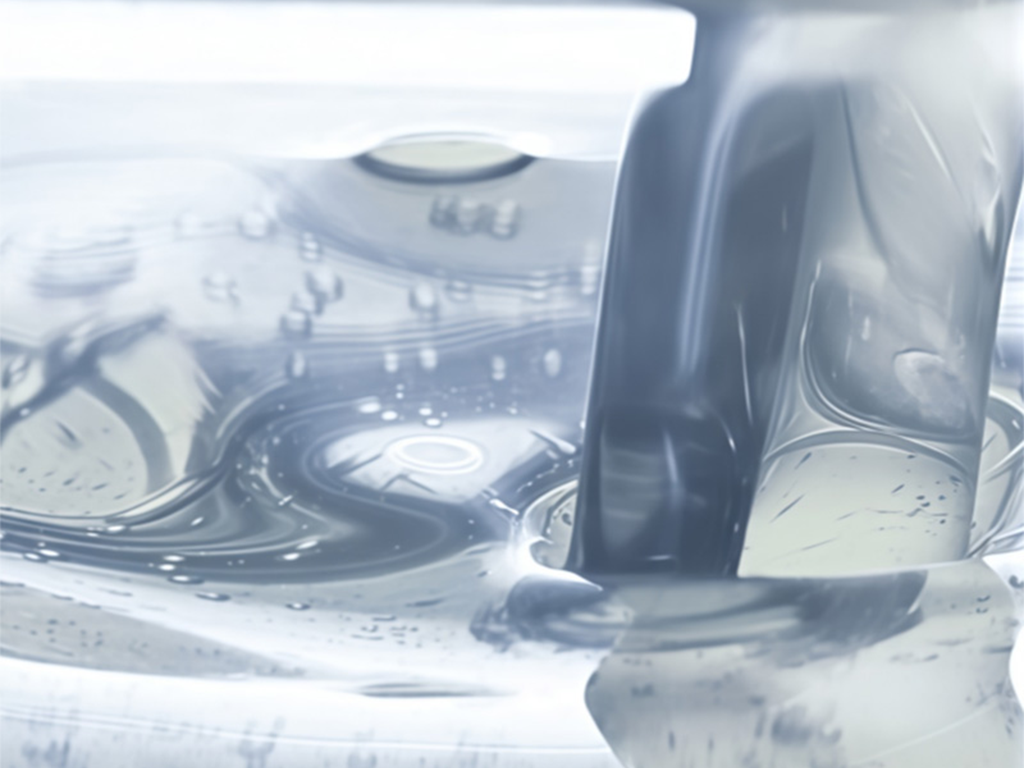A composição de polímero acrílico refere-se à mistura de monômeros, aditivos e iniciadores utilizada para formar o polímero, o que determina suas propriedades e adequação para aplicações específicas. Os componentes principais são os monômeros: ésteres acrílicos (como acrilato de 2-etil-hexila, acrilato de metila ou acrilato de butila) que proporcionam flexibilidade, adesão e resistência química, e metacrilatos (como metacrilato de metila) que contribuem com rigidez e dureza. Monômeros polares, como ácido acrílico ou acrilato de hidroxietila, são adicionados para melhorar a adesão a substratos polares ou permitir a reticulação. A proporção dos monômeros é crítica: uma maior proporção de acrilato de 2-etil-hexila aumenta a flexibilidade e a tack (aderência superficial), tornando-o adequado para adesivos, enquanto uma maior quantidade de metacrilato de metila melhora a dureza, ideal para revestimentos ou plásticos rígidos. Os iniciadores (por exemplo, peróxidos ou compostos azoicos) desencadeiam a polimerização, com seu tipo e concentração controlando o peso molecular e a taxa de reação. Reticulantes (como dimetacrilato de etilenoglicol) são adicionados em pequenas quantidades para melhorar a coesão e a resistência química ao formar ligações covalentes entre as cadeias poliméricas. Os aditivos podem incluir plastificantes (para aumentar a flexibilidade), estabilizadores UV (para melhorar a resistência climática) ou antioxidantes (para prevenir degradação). A E Plus Chemical Co., Ltd. personaliza composições de polímeros acrílicos por meio de seus serviços OEM, ajustando proporções de monômeros e aditivos para atender às necessidades específicas dos clientes — seja um adesivo de alta tack que requeira mais acrilato de 2-etil-hexila ou um revestimento resistente ao clima que necessite estabilizadores UV. A tecnologia avançada de polimerização catalítica da empresa assegura uma distribuição uniforme dos monômeros e consistência na composição entre lotes, resultando em desempenho previsível do polímero.
